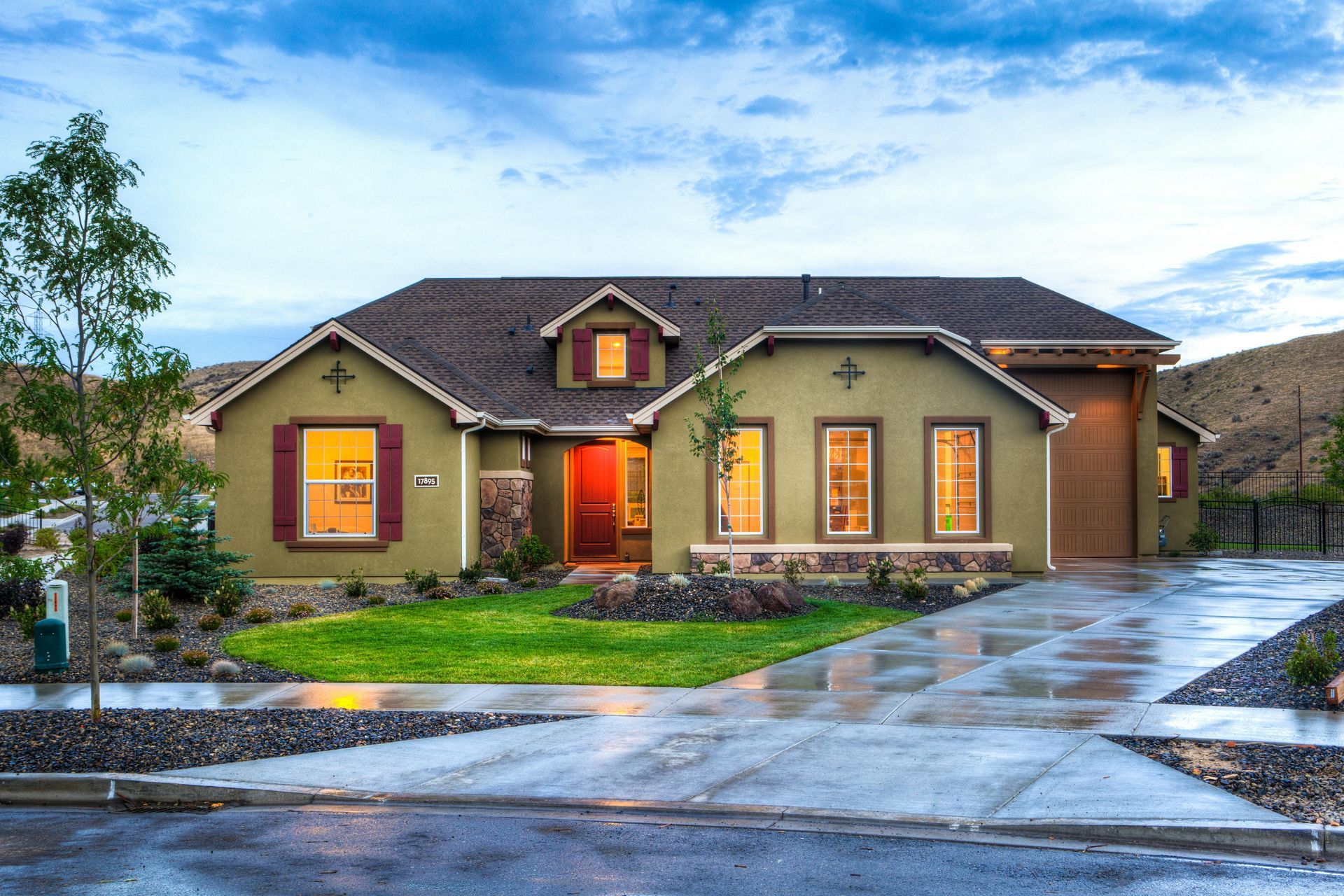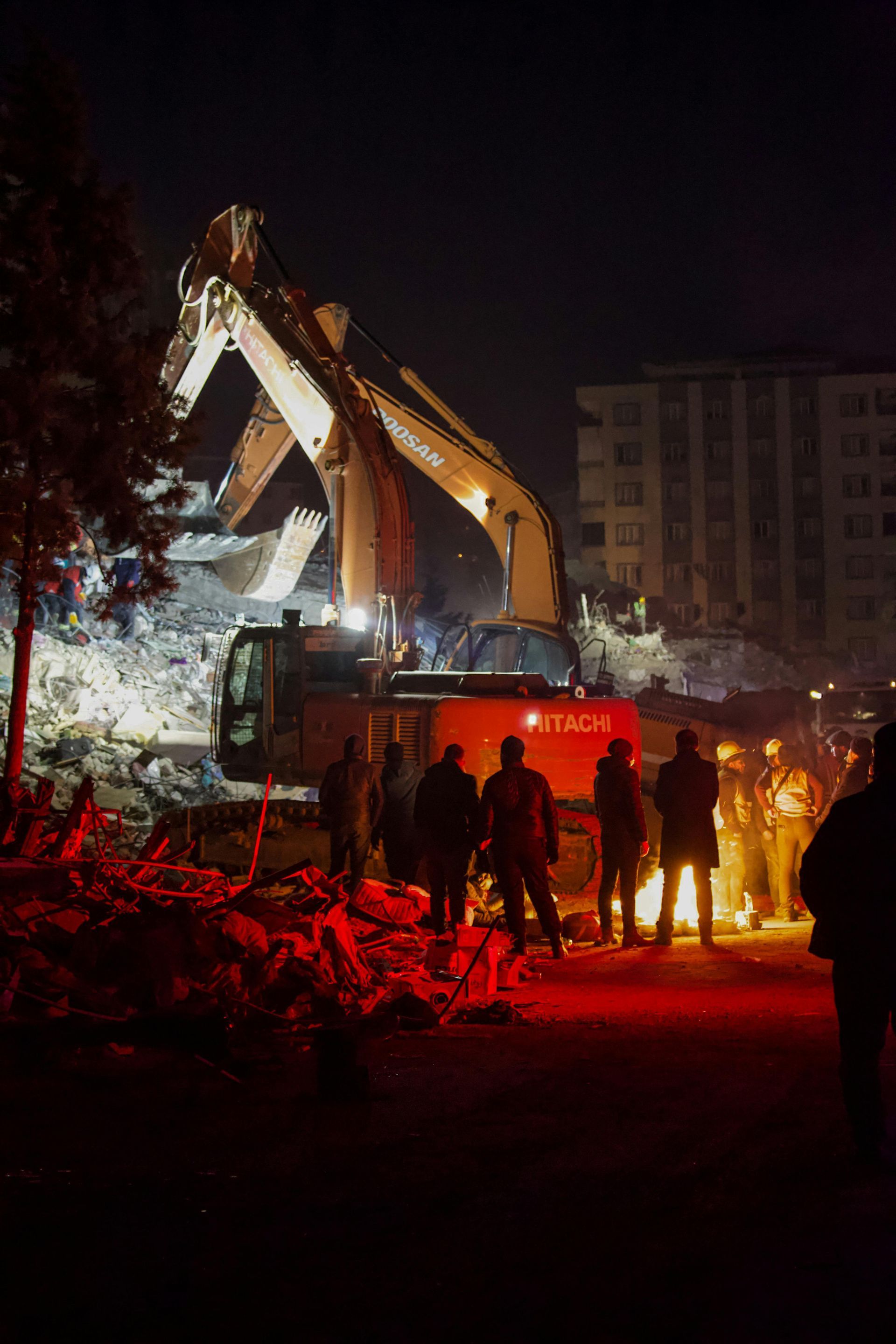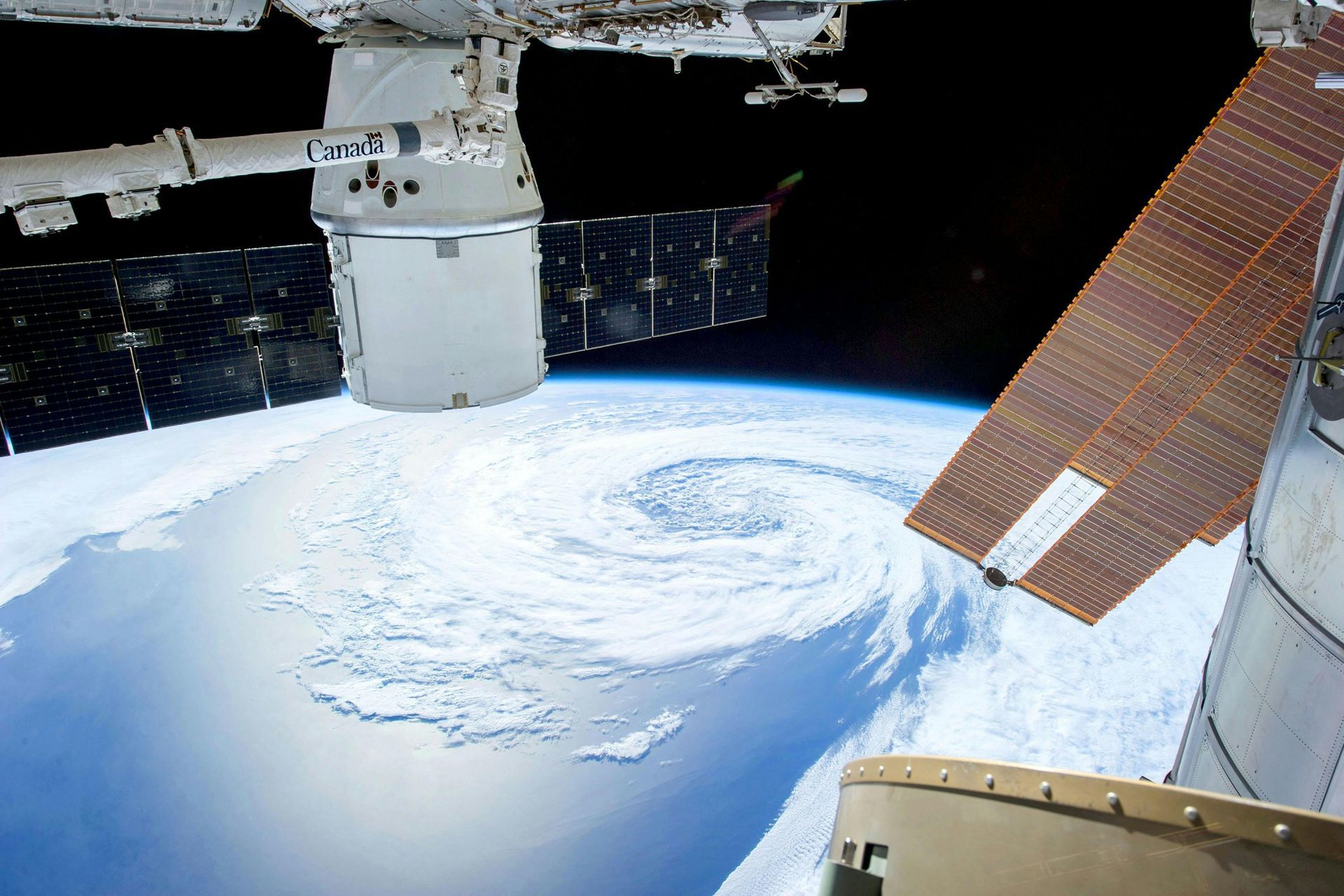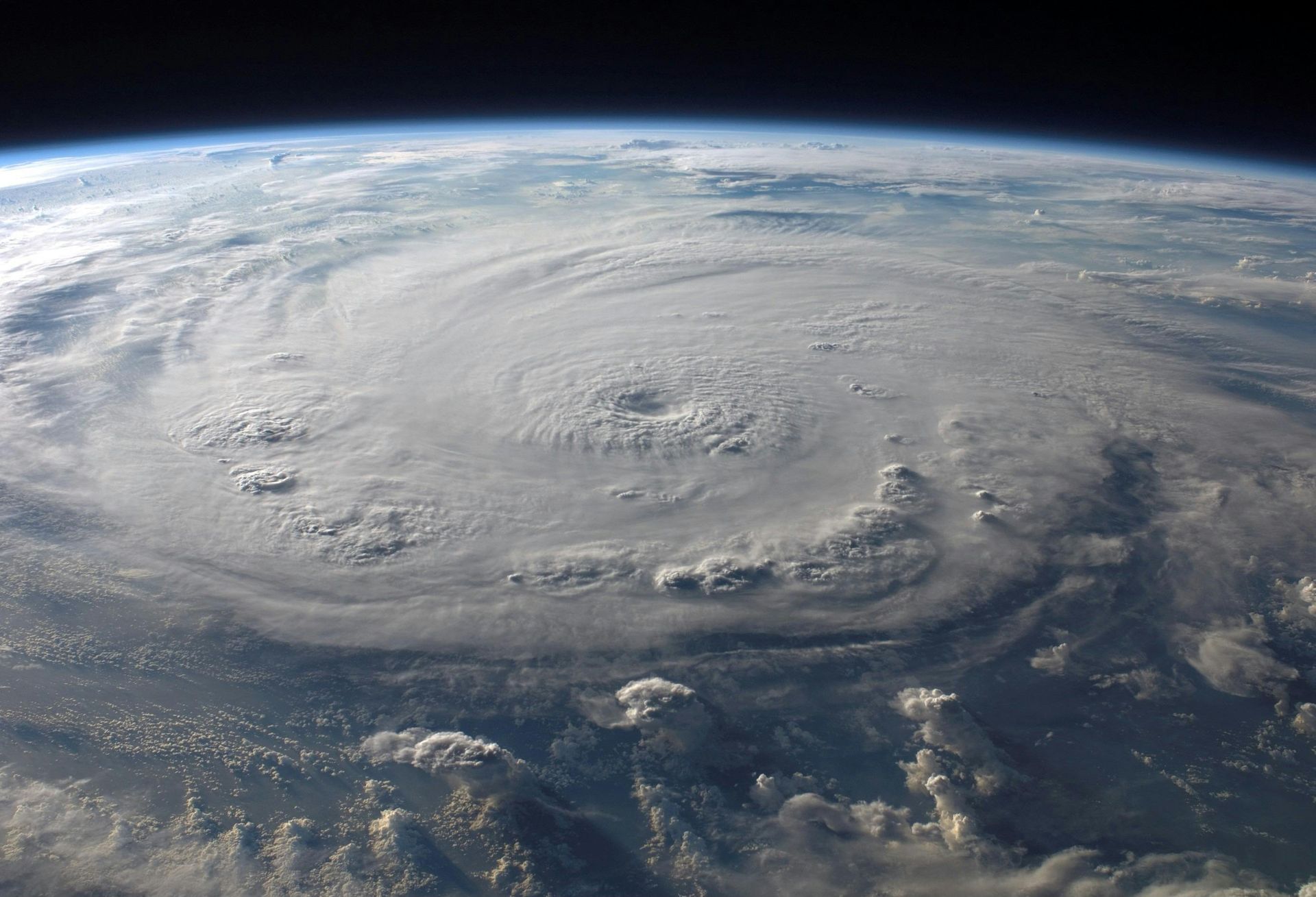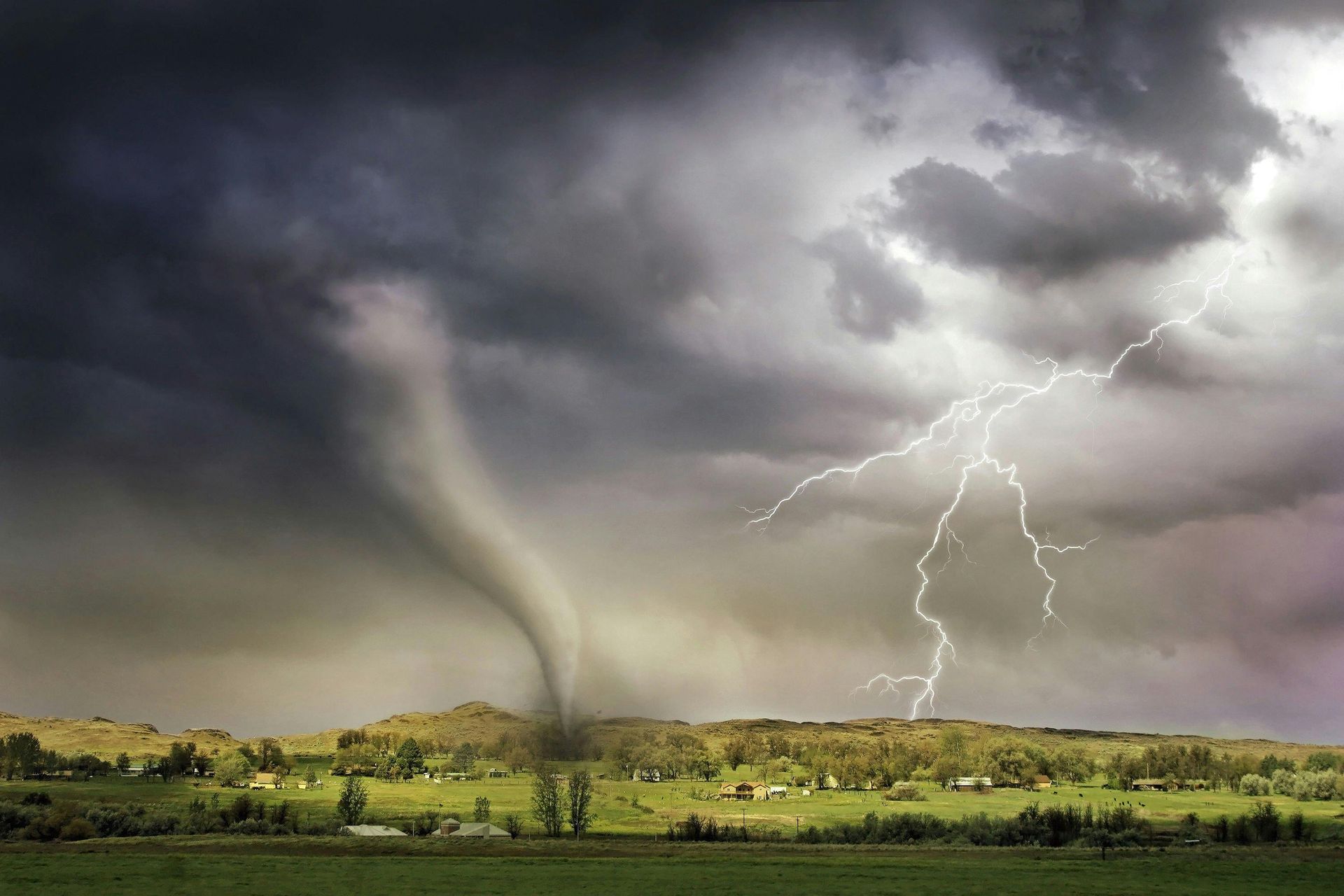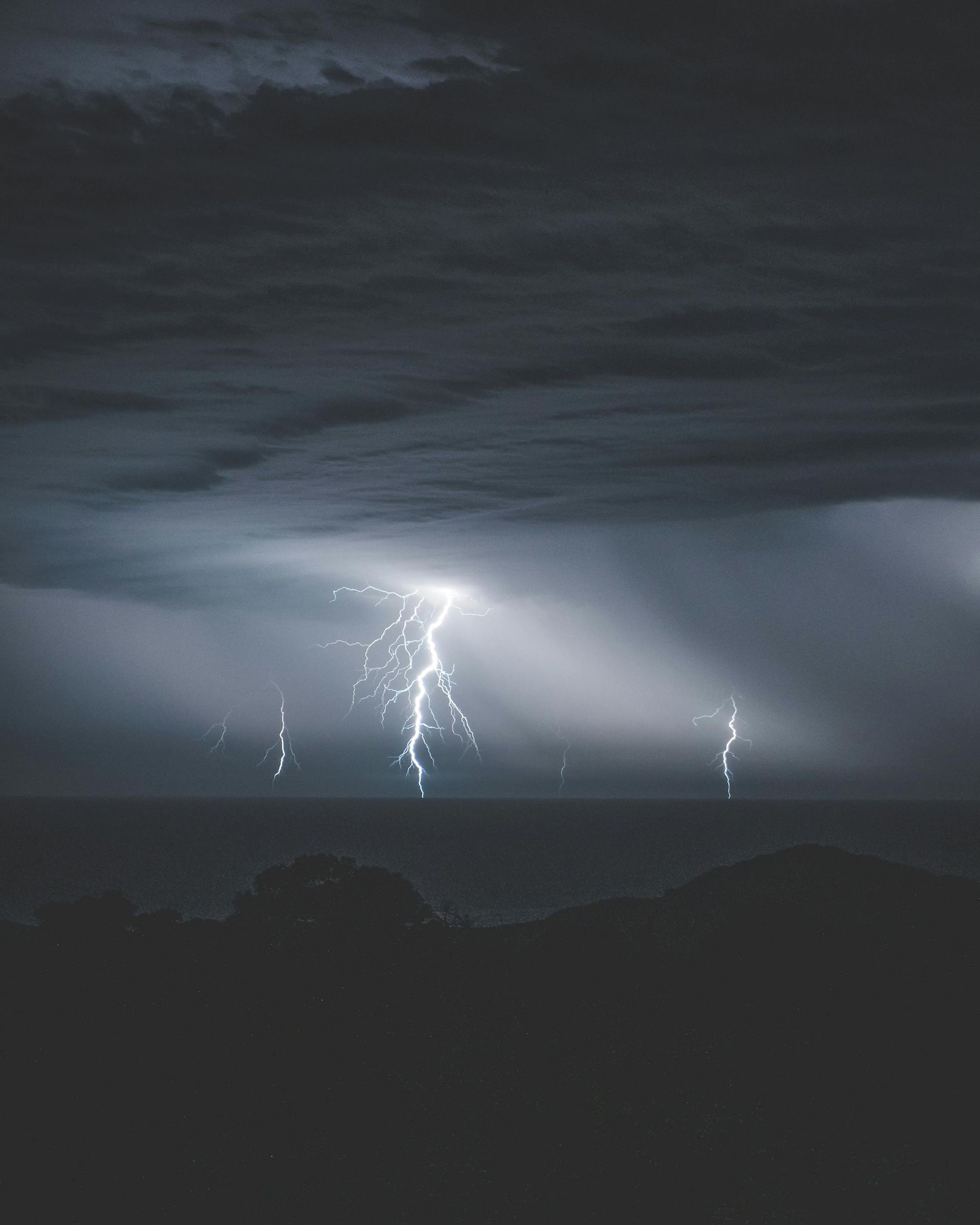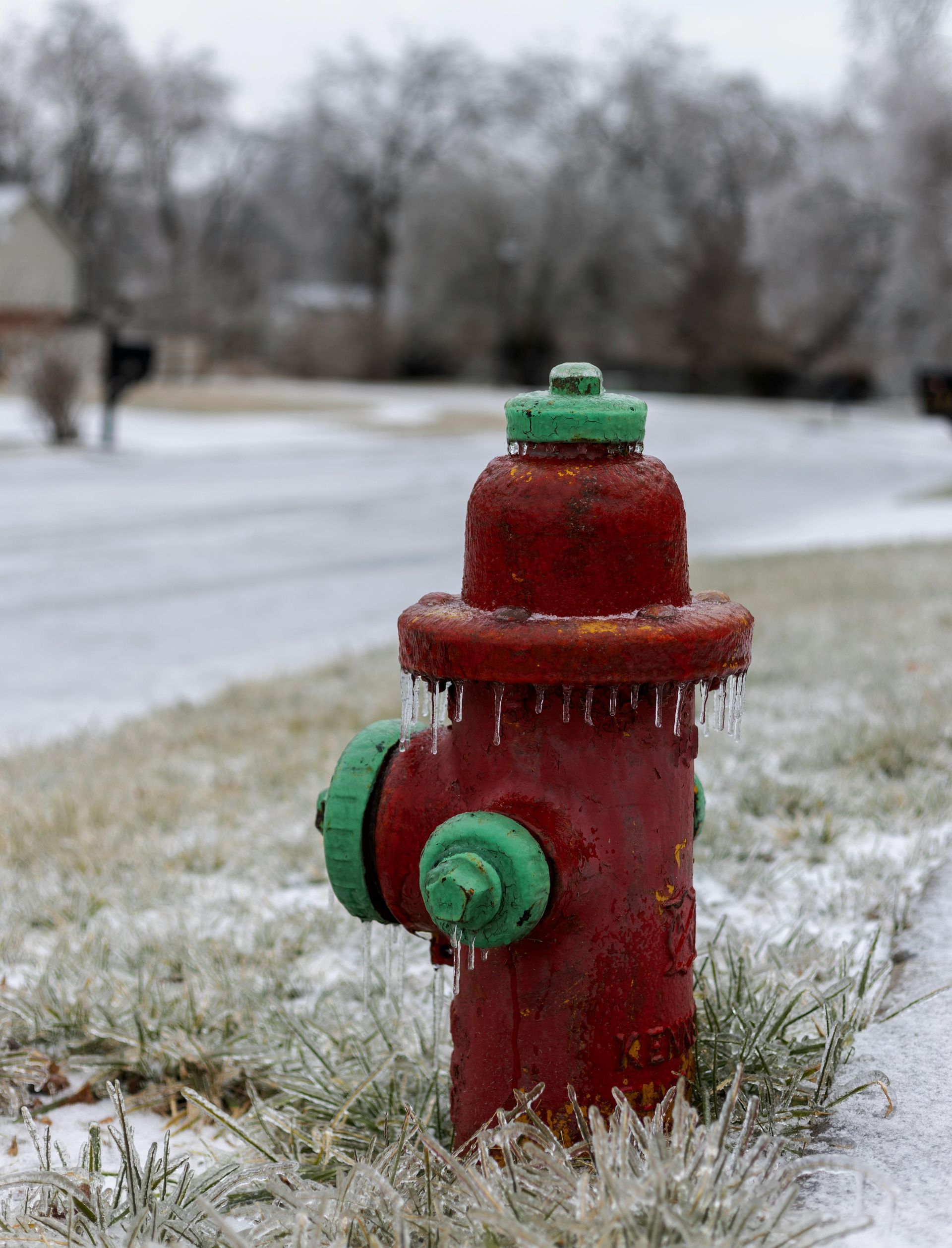How to Support Your Community in the Aftermath of a Natural Disaster
Natural disasters leave behind more than physical destruction—they disrupt lives, challenge resources, and test the resilience of communities. While recovery can feel overwhelming, one of the most powerful ways to rebuild is through collective support. When neighbors come together to help each other, communities not only recover faster but also emerge stronger.
At Disaster South, we’ve witnessed the incredible impact of communities rallying together after a disaster. This guide outlines actionable ways to support your community in the aftermath of a natural disaster, fostering healing and hope.
Why Community Support Matters After a Disaster
In the wake of a disaster, the immediate needs are often staggering: food, shelter, medical care, and emotional support. While emergency responders and relief organizations play a vital role, their resources are limited. This is where community members step in.
By working together, you can:
- Fill Resource Gaps: Provide essential aid while waiting for formal assistance.
- Offer Emotional Support: Help others cope with stress and trauma through shared experiences.
- Strengthen Bonds: Foster a sense of unity that lays the foundation for long-term recovery.
Ways to Support Your Community
1. Assess Needs and Offer Immediate Help
After ensuring your own safety, take stock of your community’s needs:
- Check on Neighbors: Especially the elderly, disabled, or those with young children who may need extra help.
- Provide Essentials: Share food, water, and emergency supplies if you have extra.
- Clear Debris: Assist in clearing fallen trees, blocked driveways, or public paths to restore accessibility.
Even small acts, like lending a phone charger or flashlight, can make a big difference during critical moments.
2. Volunteer with Local Organizations
Local organizations often mobilize quickly to provide relief. Volunteering with these groups can amplify your efforts:
- Distribute Supplies: Help sort and distribute food, water, and hygiene kits.
- Assist at Shelters: Support temporary shelters by helping with setup, serving meals, or providing companionship to displaced families.
- Donate Blood: Disasters often strain blood supplies. Donating blood is a direct way to save lives.
Contact local nonprofits, community centers, or religious organizations to learn where your help is most needed.
3. Organize Community Efforts
If you notice gaps in relief efforts, consider organizing community-led initiatives:
- Create Support Networks: Use social media or local message boards to connect those in need with volunteers and resources.
- Coordinate Cleanup Crews: Gather neighbors to clean up public spaces, helping restore normalcy and morale.
- Offer Transportation: Help those without vehicles get to shelters, supply distribution points, or medical facilities.
4. Support Local Businesses
Natural disasters often devastate local economies. Supporting small businesses can help jumpstart recovery:
- Shop Locally: Choose to buy from local stores instead of large chains.
- Promote Fundraisers: Many businesses organize fundraisers to rebuild or support their employees. Share their efforts within your network.
- Purchase Gift Cards: If a business isn’t operational yet, buying gift cards provides them with immediate financial relief.
5. Provide Emotional Support
The emotional toll of a disaster can be just as significant as the physical damage. Offering a listening ear can be invaluable:
- Reach Out: Simply checking in with friends, neighbors, or coworkers can provide comfort.
- Encourage Professional Help: Share resources for mental health support if someone is struggling to cope.
- Organize Community Gatherings: Social events, even informal ones like a potluck, can help rebuild a sense of normalcy.
6. Donate Thoughtfully
Donations are critical after a disaster, but they need to be well-targeted to have the greatest impact:
- Monetary Donations: Cash donations to reputable relief organizations allow them to allocate resources where they’re most needed.
- In-Kind Donations: If donating goods, ensure they’re items that are truly needed, such as non-perishable food, hygiene products, or blankets.
- Avoid Clutter: Avoid donating items that aren’t useful, such as perishable food or old clothing, as they can overwhelm distribution systems.
Long-Term Community Support
Recovery doesn’t end when the debris is cleared. Supporting your community over the long term helps ensure resilience and future preparedness:
- Advocate for Funding: Work with local leaders to secure resources for rebuilding infrastructure, schools, and healthcare facilities.
- Participate in Preparedness Efforts: Join or form community groups focused on disaster preparedness to minimize future risks.
- Support Emotional Recovery: Continue to check on neighbors and provide opportunities for communal healing, such as memorials or rebuilding celebrations.
A Hypothetical Scenario: A Community Rebuilds Together
After a major hurricane strikes a coastal town, the local community bands together. Neighbors check on each other, sharing food and water. Volunteers set up a temporary shelter at a community center, offering beds and hot meals to displaced families. A local coffee shop starts a fundraiser to rebuild its space, while nearby businesses offer gift cards to generate revenue.
Over time, the town organizes regular cleanups, advocates for better flood protection measures, and forms a preparedness group to educate residents. Together, the community rebuilds not just their homes but also their sense of connection and resilience.
The Disaster South Commitment
At Disaster South, we understand the challenges communities face in the aftermath of natural disasters. That’s why we’re committed to providing expert guidance, comprehensive restoration services, and compassionate support every step of the way. Whether it’s helping you rebuild your home or connecting you with resources to support your neighbors, we’re here to help.
Your community needs you. Take the first step in supporting recovery by contacting Disaster South today. From advice on preparedness to professional restoration services, we’re here to help you and your neighbors rebuild stronger than ever. Call 877-84-STORM or visit our website to learn more.
